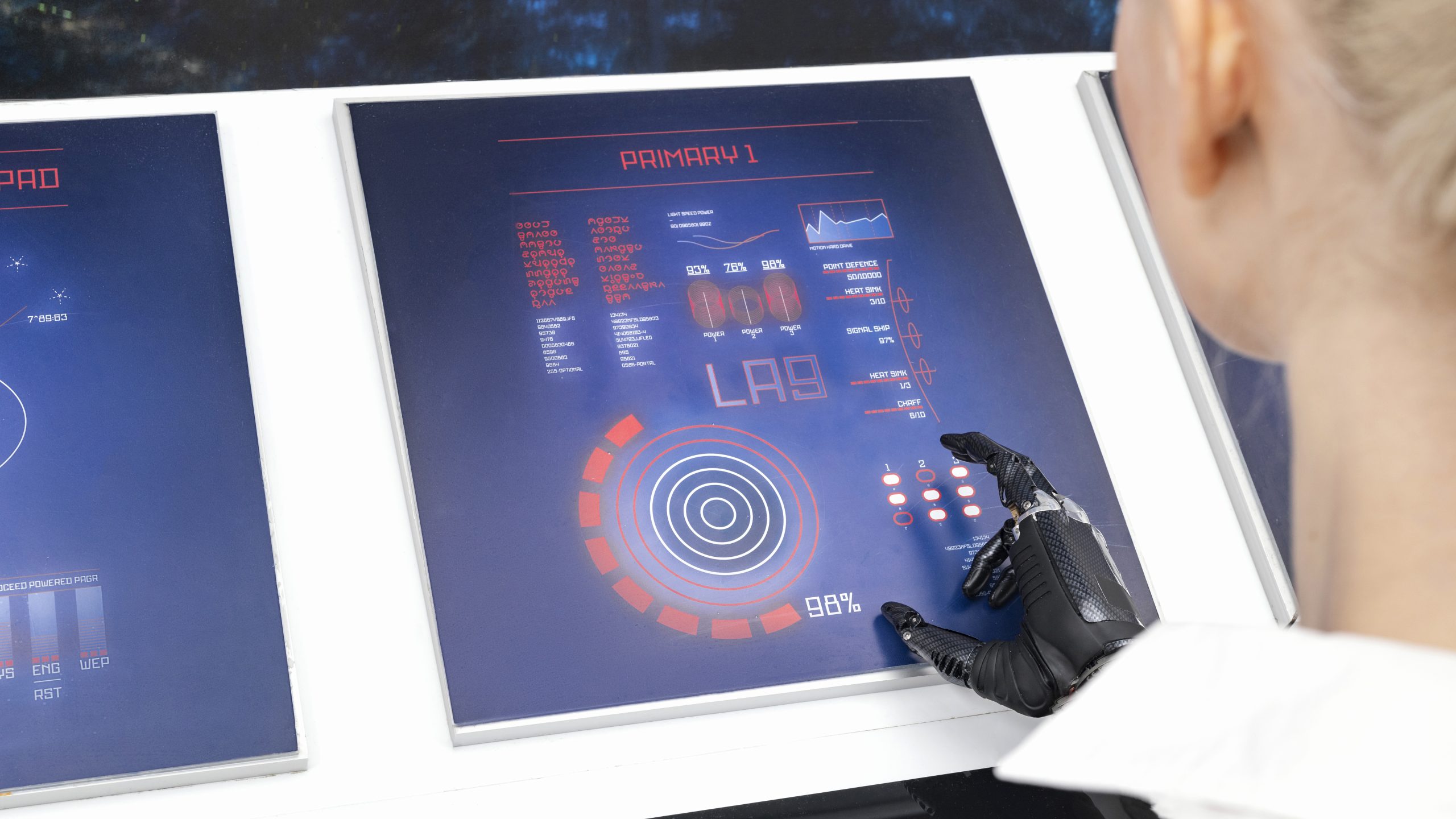
How MLOps Autonomous Systems Are Driving Robotics
Robotics is moving fast. From delivery drones to self-driving cars, MLOps Autonomous Systems are making it possible.
This article explains how MLOps Autonomous Systems help robots learn, adapt, and work without constant human input. You’ll see how MLOps boosts robotics, what benefits it brings, and why it’s key to the future of AI-driven machines.
What Are MLOps Autonomous Systems?
MLOps Autonomous Systems combine machine learning, automation, and DevOps principles.
They help robotics teams:
-
Build, train, and deploy machine learning models quickly
-
Update models as robots learn new data
-
Scale across many devices, from drones to factory robots
Without MLOps, robots would struggle to update or improve once deployed. With MLOps, they can keep learning in the real world.
Learn more about MLOps basics here.
Why Robotics Needs MLOps Autonomous Systems
Robotics is complex. Models must adapt to unpredictable environments. Here’s why MLOps Autonomous Systems are essential:
1. Continuous Learning
Robots collect huge amounts of data. MLOps pipelines process this data fast, letting robots improve decisions.
2. Scalable Deployment
Whether you run 10 drones or 10,000, MLOps helps manage all models without manual updates.
3. Faster Experimentation
Teams can test new algorithms and roll back changes quickly.
Check out our MLOps in Telecom: Boosting Network Efficiency with AI for more on scalable robotics solutions.
How MLOps Autonomous Systems Power Robotics
Let’s break down the main ways this approach transforms robotics.
Streamlined Model Deployment
MLOps automates deployment. Robots can get new skills without stopping operations.
Real-Time Updates
Data from sensors feeds into pipelines. Models adjust based on current conditions, like weather or obstacles.
Collaboration Across Teams
MLOps tools make it easier for engineers, data scientists, and operators to work together.
Key Benefits of MLOps Autonomous Systems
Improved Efficiency
Robots update automatically, reducing downtime.
Lower Costs
Automated testing and updates mean fewer manual fixes.
Greater Reliability
Continuous monitoring catches problems before they cause failures.
For deeper insights, see Google Cloud’s AI Robotics Resources.
Use Cases of MLOps Autonomous Systems in Robotics
Autonomous Vehicles
Self-driving cars use MLOps to keep navigation models fresh and accurate.
Industrial Automation
Factory robots adjust to changes in supply chains and tasks.
Drone Operations
Delivery drones optimize flight paths and avoid hazards with continuous learning.
Explore our case studies (internal link) for real-world examples.
Challenges and Solutions in MLOps Autonomous Systems
-
Data Complexity: Robots generate varied data. Use standardized pipelines.
-
Model Drift: Continuous monitoring prevents outdated predictions.
-
Scalability: Cloud MLOps platforms handle global robot fleets.
FAQs on MLOps Autonomous Systems
What is MLOps in robotics?
It’s a framework to build, deploy, and maintain machine learning models for robots.
Why is it important?
It lets robots learn and adapt without constant developer input.
Can small businesses use it?
Yes. Cloud-based MLOps tools make it affordable.
Final Thoughts
MLOps Autonomous Systems are changing robotics. They make robots smarter, faster, and cheaper to manage. Companies adopting this approach gain a major edge.
Want to learn more? Check out our Cost Optimization Strategies for MLOps.
Author Profile

- Online Media & PR Strategist
- Hello there! I'm Online Media & PR Strategist at NeticSpace | Passionate Journalist, Blogger, and SEO Specialist
Latest entries
 ColocationNovember 12, 2025Colocation Security Model Implementation
ColocationNovember 12, 2025Colocation Security Model Implementation Artificial InteligenceNovember 7, 2025SAP AI Strategy Enterprise Advances and Developer Tools
Artificial InteligenceNovember 7, 2025SAP AI Strategy Enterprise Advances and Developer Tools Scientific VisualizationOctober 29, 2025Federated Learning Technology in Medical Privacy AI
Scientific VisualizationOctober 29, 2025Federated Learning Technology in Medical Privacy AI Scientific VisualizationOctober 29, 2025Brain Visualization Ethics: Balancing Innovation and Privacy
Scientific VisualizationOctober 29, 2025Brain Visualization Ethics: Balancing Innovation and Privacy

